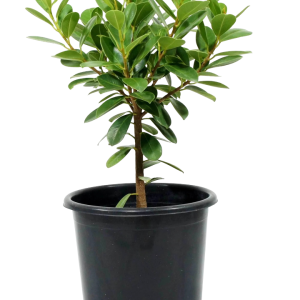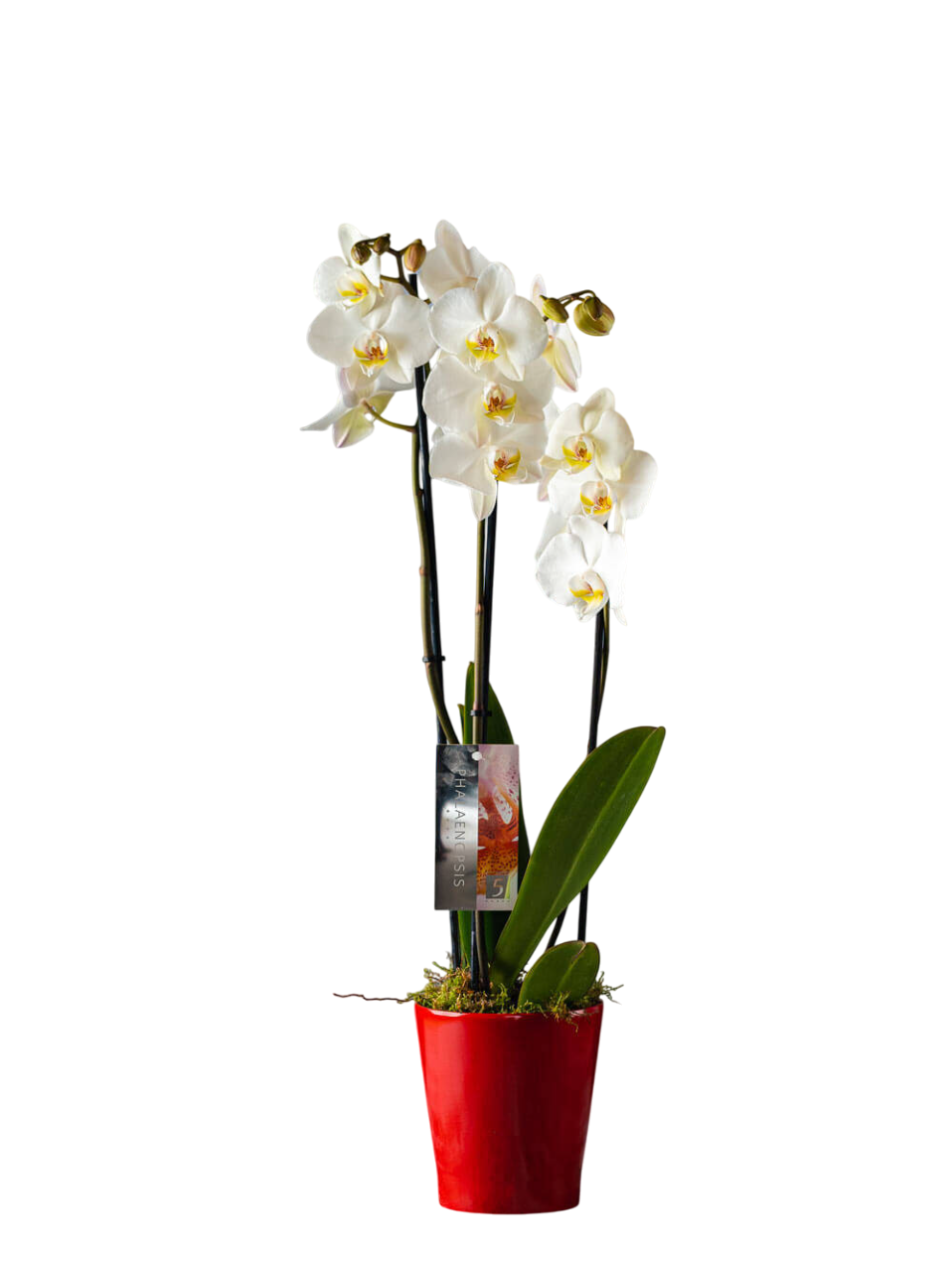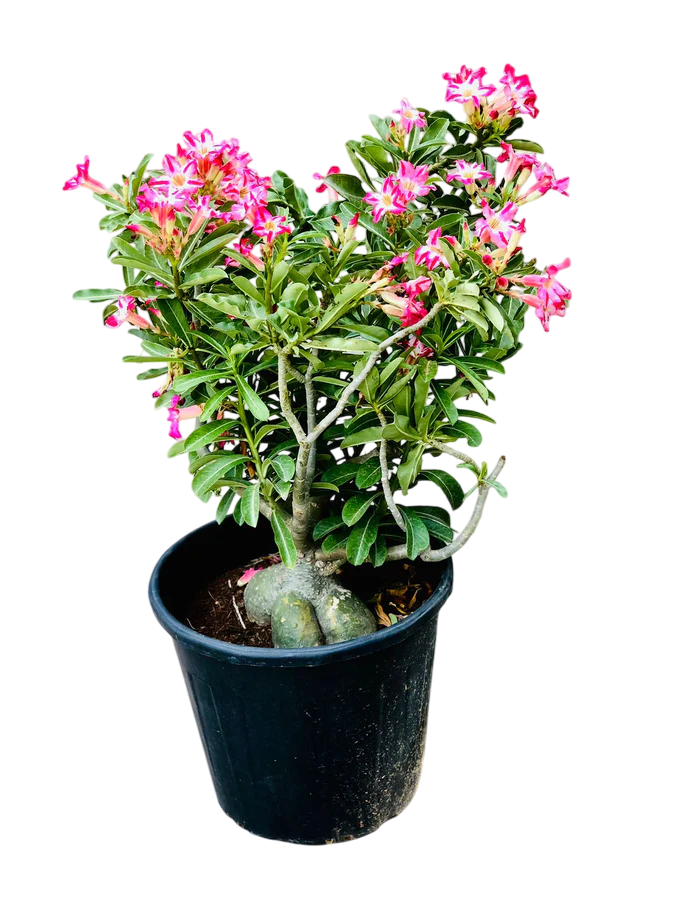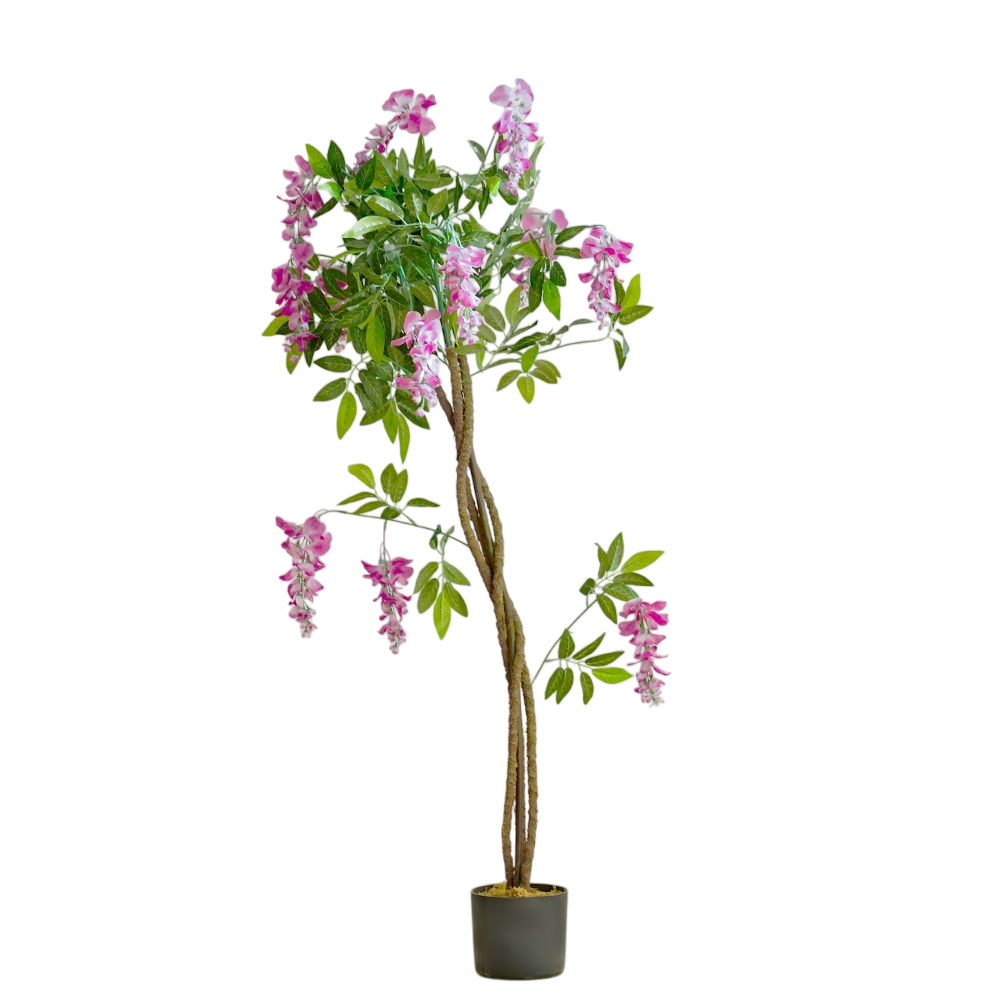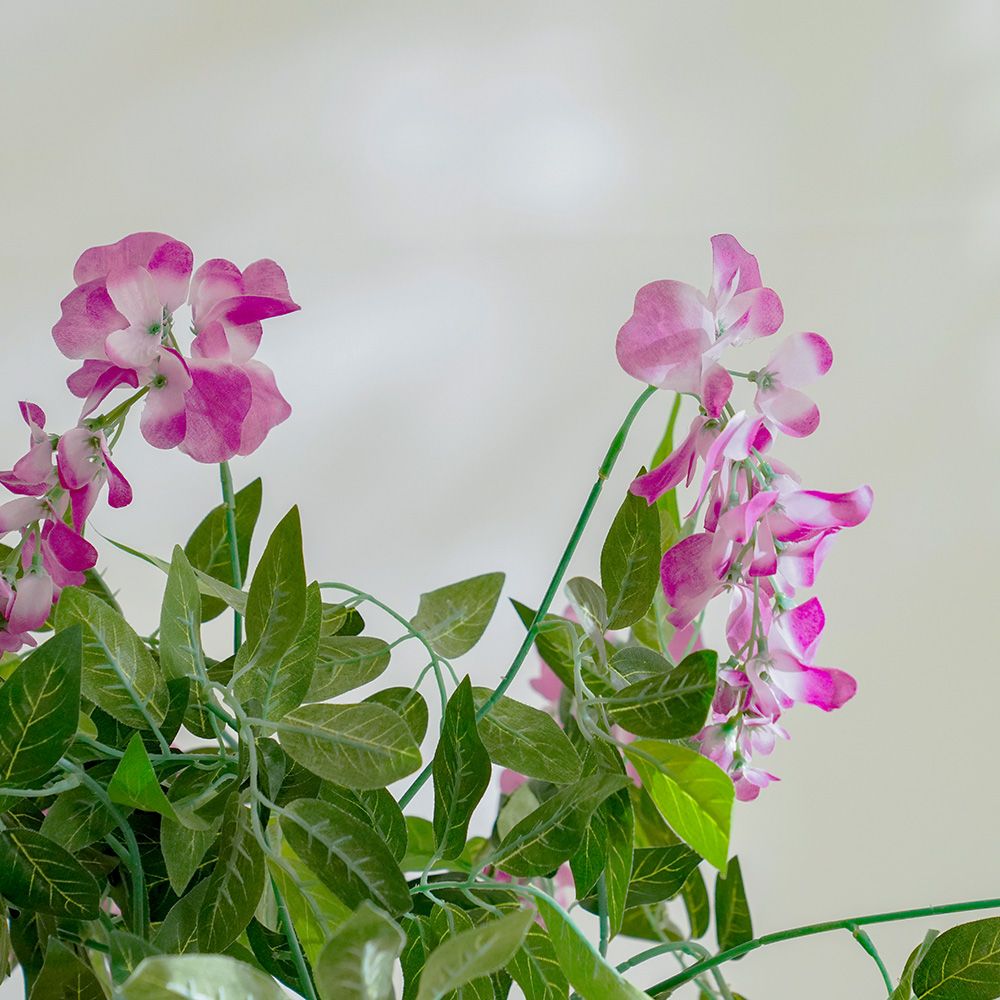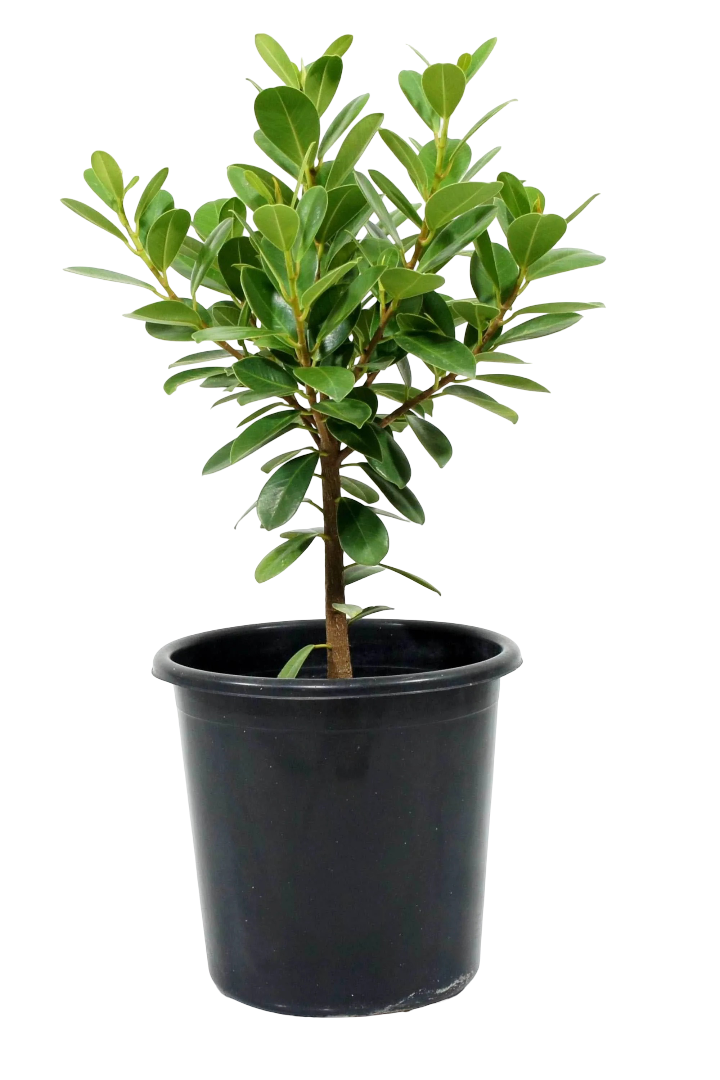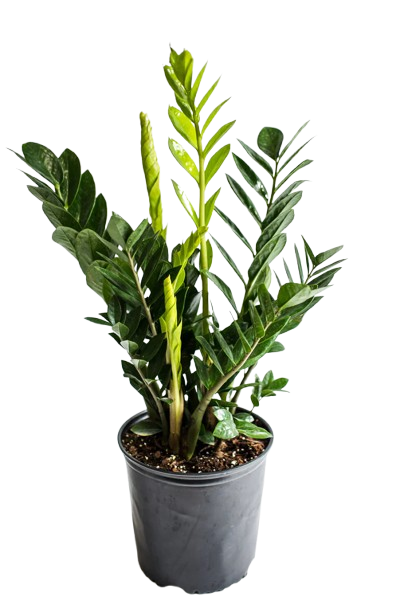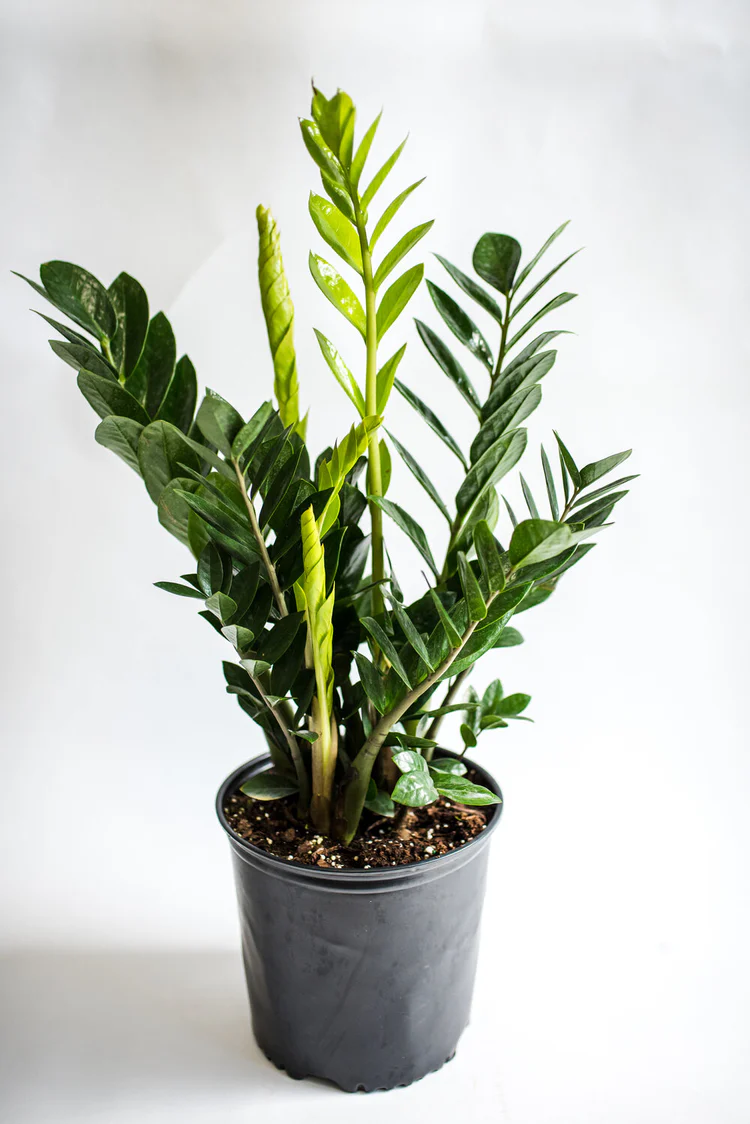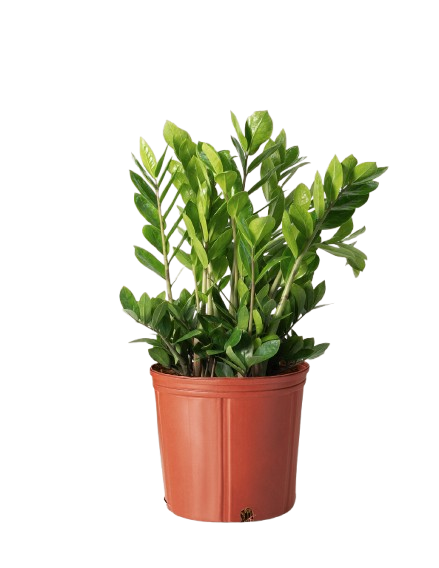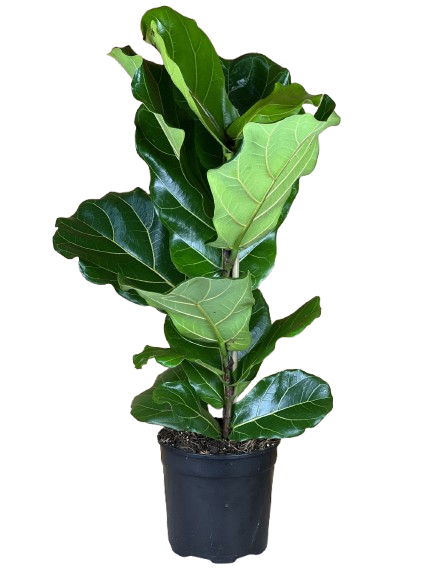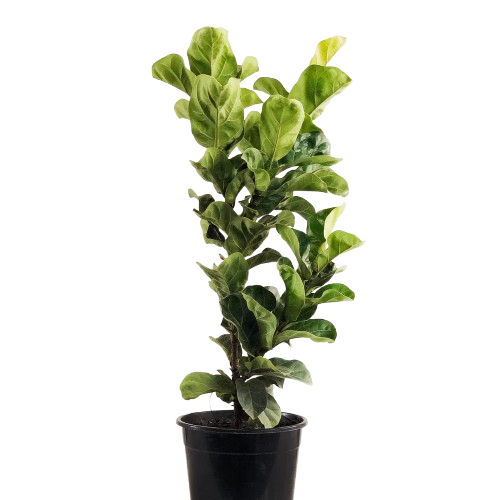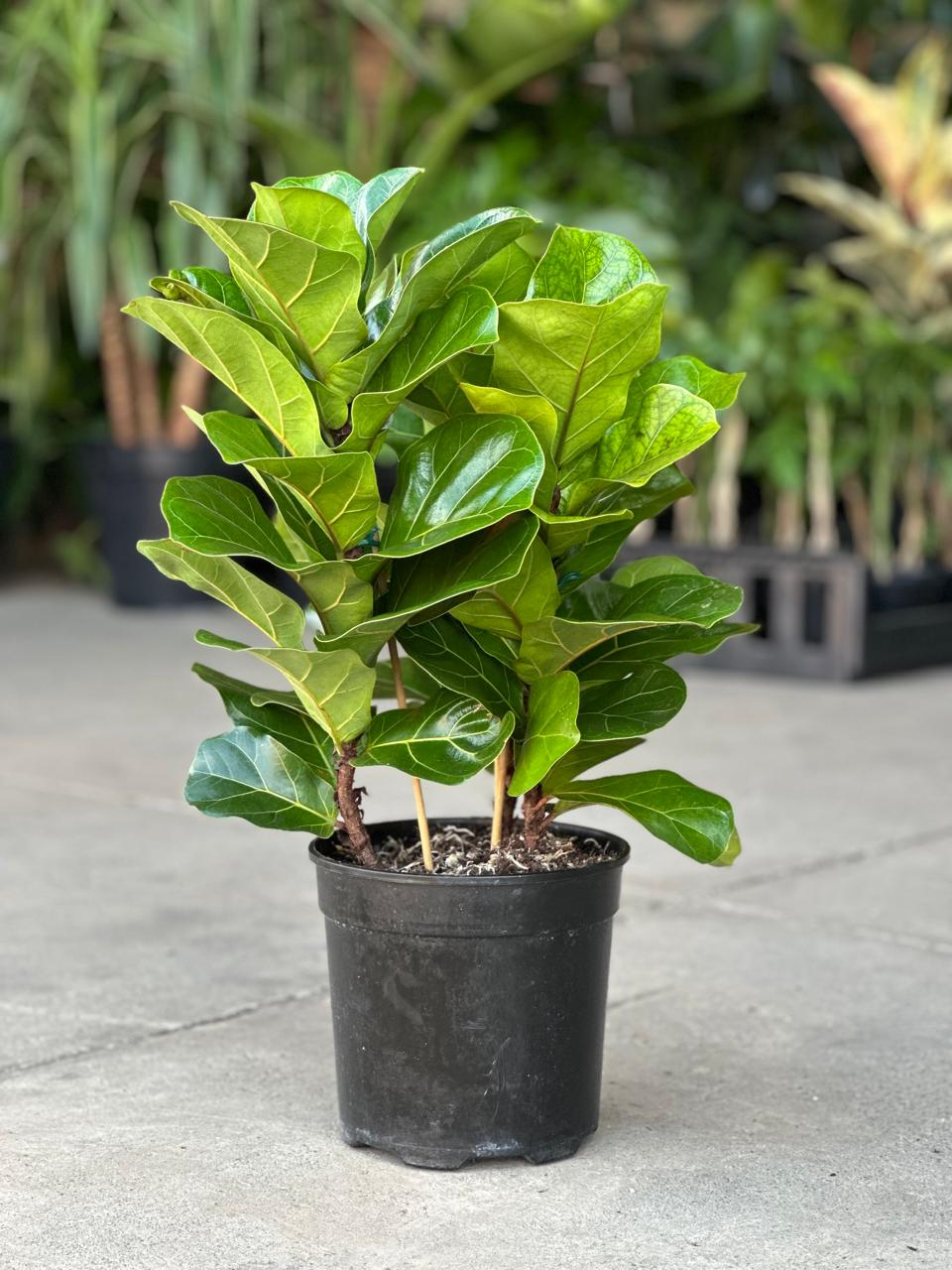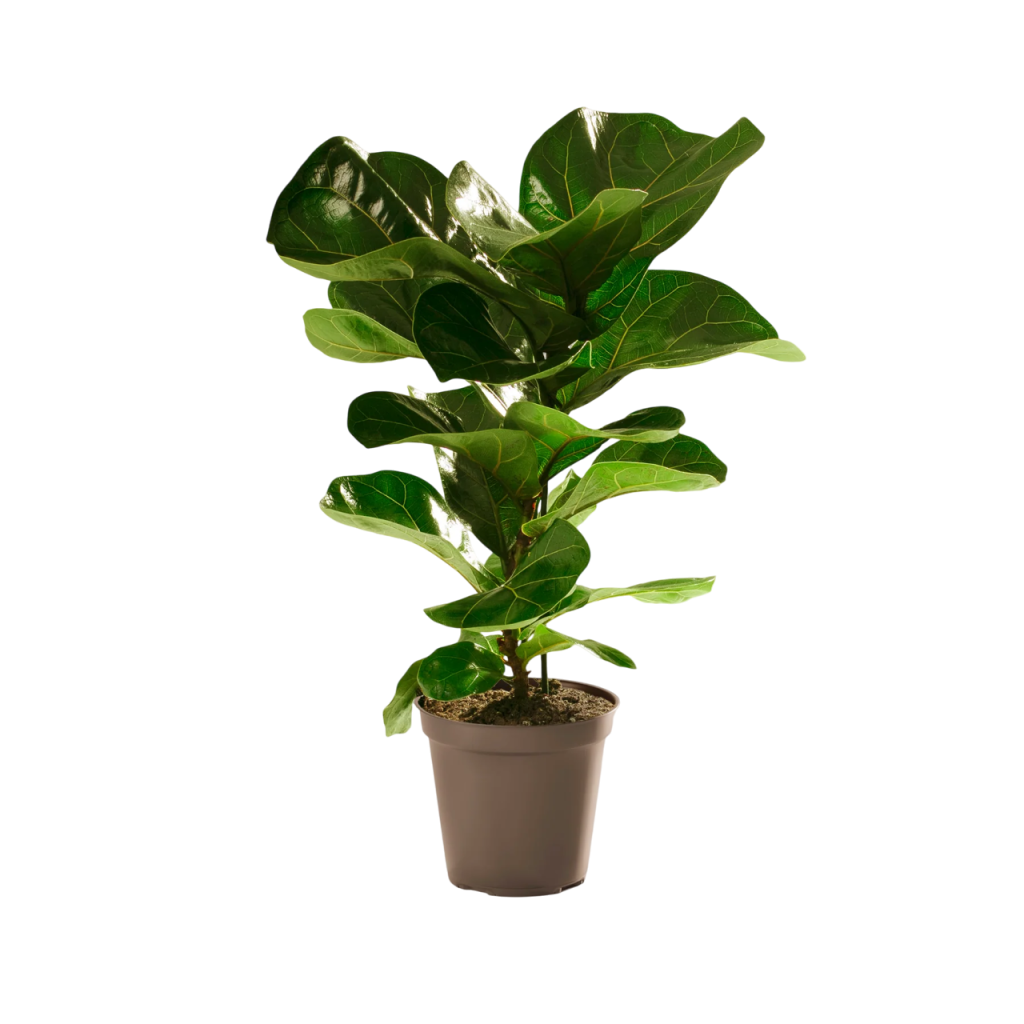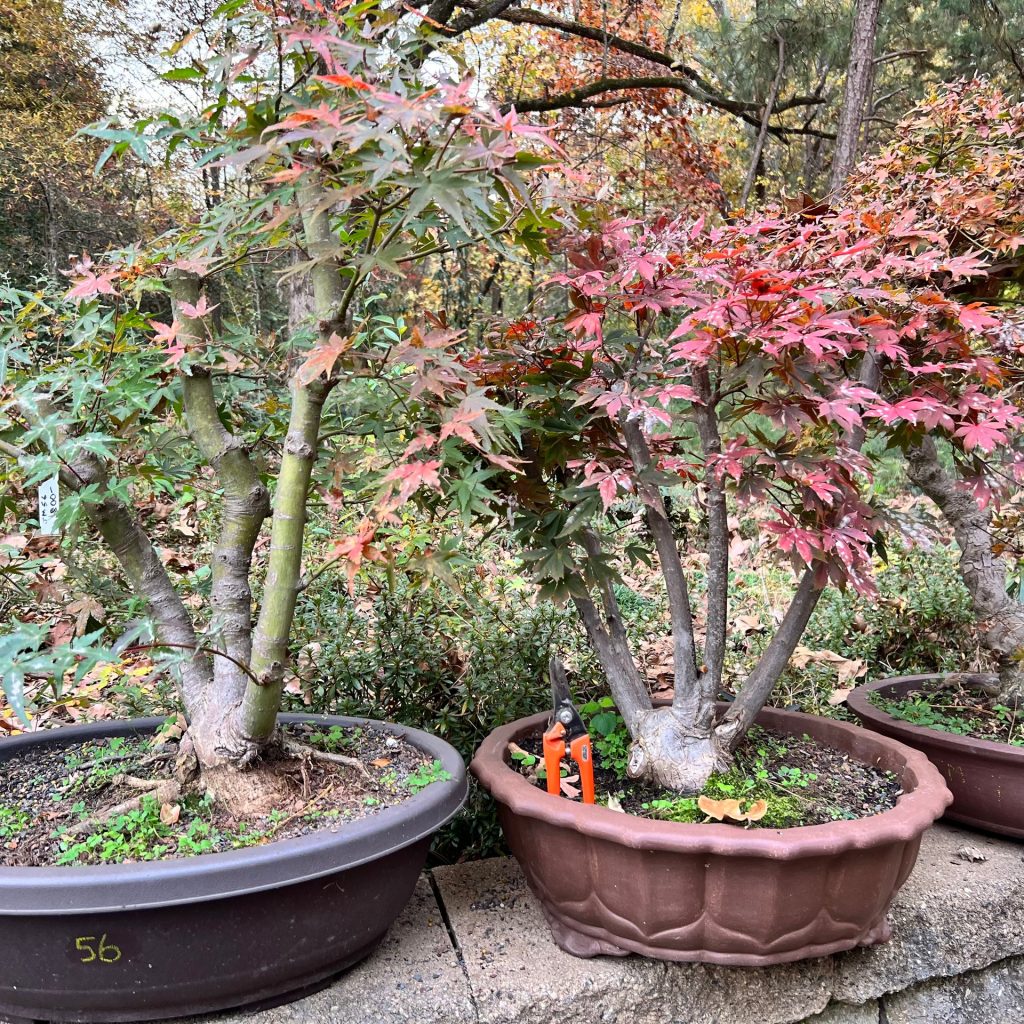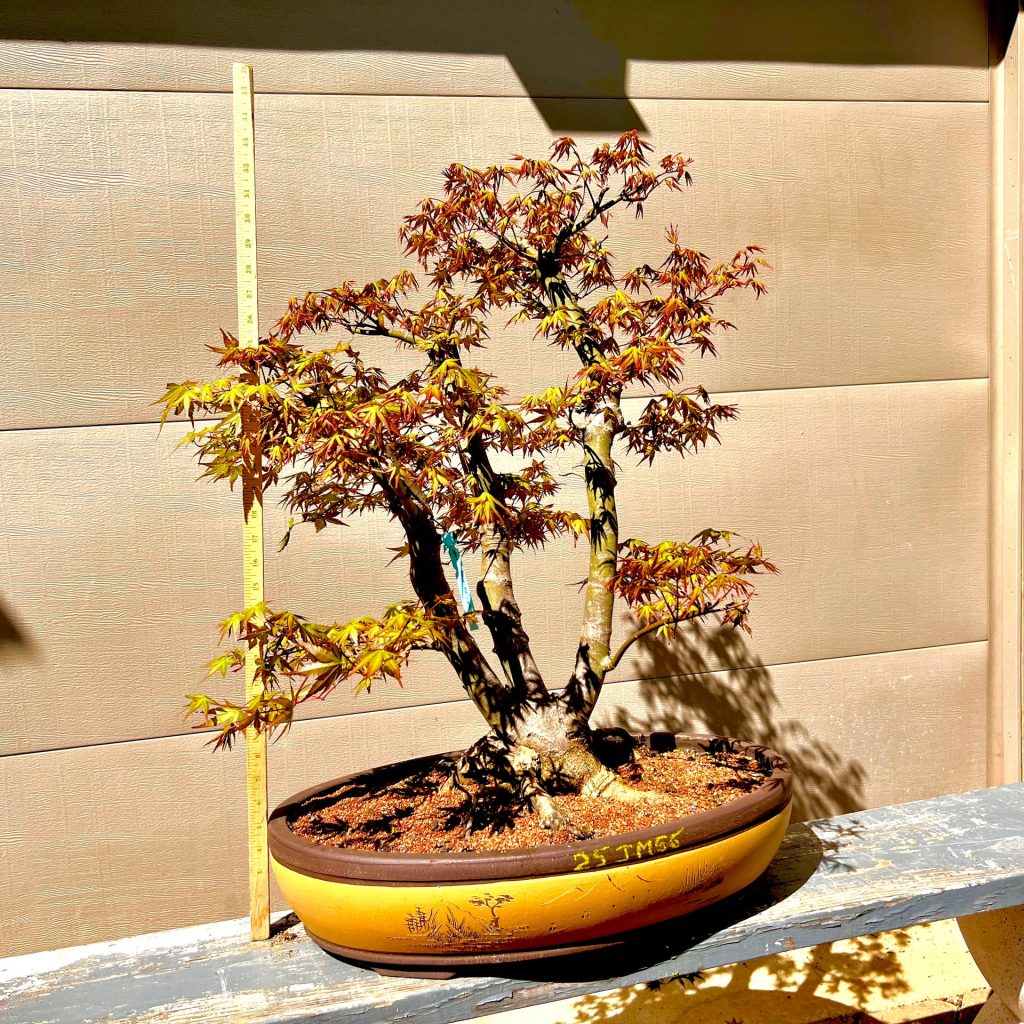Japanese Maple Bonsai: A Living Work of Art for Your Space
The Japanese Maple Bonsai (Acer palmatum) is one of the most admired bonsai trees in the world, celebrated for its graceful form, delicate foliage, and vibrant color changes through the seasons. With its fiery reds, golden yellows, and soft greens, this miniature masterpiece brings an aura of peace and refined beauty to both indoor and outdoor settings. In Kenya, it thrives best in cooler, partially shaded environments, making it a prized addition for collectors and design enthusiasts alike.
Why Grow a Japanese Maple Bonsai?
- Renowned for its elegant leaf shape and dramatic seasonal color shifts.
- Symbolizes peace, balance, and endurance in Japanese culture.
- Ideal for meditation spaces, balconies, patios, or as a statement piece indoors.
- Responds beautifully to pruning and shaping, offering endless creative expression.
- Perfect for beginner to intermediate bonsai growers.
Historical and Cultural Significance
In Japanese culture, the Acer palmatum is a symbol of serenity and introspection. The tree’s delicate leaves, which transform with the seasons, reflect the Buddhist idea of impermanence — that beauty is fleeting but deeply meaningful. Traditionally, Japanese Maple Bonsai have been featured in Zen gardens and tea ceremonies as living representations of harmony and balance. In Western culture, they are admired for their aesthetic sophistication and are often seen as a bridge between art and nature.
Ideal Growing Conditions in Kenya
- Sunlight: Prefers bright, indirect light or filtered morning sun. Avoid intense afternoon heat.
- Temperature: Grows best in cool to moderate climates, ideally between 15°C–25°C.
- Soil: Well-draining loamy soil enriched with compost or akadama mix.
- Watering: Keep the soil consistently moist but never waterlogged.
- Humidity: Moderate to high humidity promotes healthy leaf color and growth.
How to Grow and Care for a Japanese Maple Bonsai
- Place your bonsai in a well-lit spot with morning sunlight and afternoon shade.
- Water deeply when the top inch of soil begins to dry — avoid letting it dry out completely.
- Fertilize monthly during spring and summer using a balanced organic fertilizer.
- Prune regularly to shape the canopy and maintain symmetry.
- Repot every 2–3 years in early spring before new growth begins.
Maintenance and Styling Tips
- Pruning: Trim back new shoots to maintain the desired shape and encourage branching.
- Wiring: Train branches gently to form elegant, natural curves — avoid bending mature wood.
- Defoliation: Can be done in early summer to reduce leaf size and enhance ramification.
- Winter Care: Protect from frost by moving indoors or covering during cold nights.
Common Pests and Problems
- Aphids and Scale: Treat with neem oil or insecticidal soap.
- Leaf Scorch: Prevent by providing adequate shade and consistent watering.
- Fungal Issues: Improve air circulation and avoid overhead watering.
Symbolism and Use in Modern Homes
The Japanese Maple Bonsai symbolizes peace, patience, and artistic mastery — qualities that mirror the careful craftsmanship of bonsai cultivation itself. It is often gifted to mark milestones, represent personal growth, or honor new beginnings. In modern interiors, its sculptural form makes it a natural focal point, blending seamlessly with minimalist and nature-inspired designs.
Where to Buy in Kenya
Find authentic Japanese Maple Bonsai trees and quality ceramic planters at Planters.co.ke. Whether you’re a beginner or an experienced bonsai artist, we offer carefully nurtured specimens ready to transform your home or workspace into a serene green retreat.
Final Thoughts
The Japanese Maple Bonsai is more than a plant — it’s a living artwork that evolves with you. Its shifting colors and graceful silhouette bring a sense of tranquility, reflection, and timeless beauty to any setting. With patience and care, this bonsai becomes a lifelong companion — a testament to nature’s quiet artistry.

